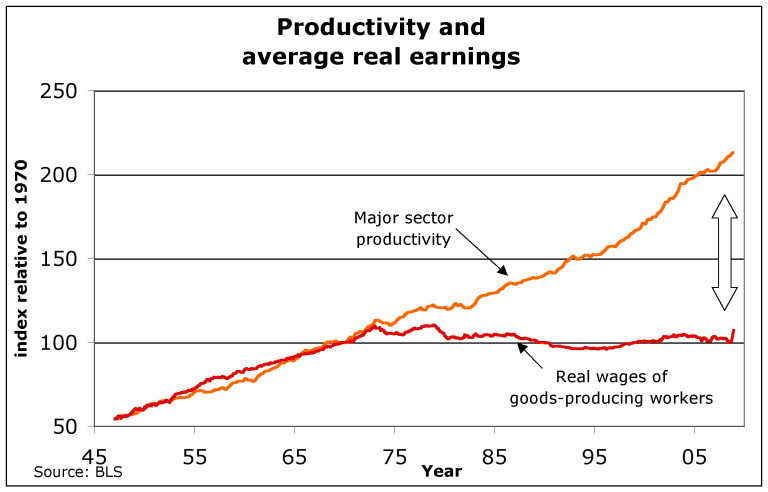The Margin of Overseas Manufactured Items Were Little Shared With Consumers
Executive Summary
- US companies presented the idea that it is was critical they outsourced manufacturing to low-cost countries.
- However, none of the margins they obtained from this was shared with workers.

Introduction
In order to become “more competitive,” US companies not only outsourced manufacturing, but retailers and wholesalers looked for foreign sources of supply. This increased income inequality in the US as the prices stayed roughly the same, but the income from the margin was not shared with US workers working for companies that did these things.

Many companies make very high profits by importing products manufactured in low wage countries. These products mostly come by ship and have extended lead times. While many Lean consultants have preached about lowering lead times, this outsourced manufacturing to these low wage countries has caused lead times to lengthen quite significantly. However, the profits are so high on these items from a financial perspective. It makes sense to accept the long lead times.
Shared With Workers?
This chart below is never shown in any of the major media outlets. The chart tells a significant story.

In the US, wages stopped growing in roughly 1970, even though productivity continued a rapid increase. Why? Each year the population became more educated. However, education could not counteract the effect of the decline in unionization, significantly reducing the bargaining power of workers.
If the US had the same education level as in 1970 (far lower) but had maintained its unions, it appears that as wages were tracking productivity up until 1970, US wages could be twice what they are now.
Instead, all of that productivity was placed into the pockets of the wealthy.
What Pay Topic is Covered in the Media
We have reviewed the profit margins for a number of companies at the SKU level for these imported items, and the margins are quite high. What is interesting is that as manufacturing has been outsourced to these low wage countries, not only did the US lose the manufacturing jobs, but none of the increased margins on these overseas manufactured products was shared with US workers. The margin was entirely pushed upwards to the owners of the company.
Conclusion
Major media outlets are own by and reflect the interests of hiring companies. For this reason, they do not direct their media entities to cover topics that relate to how much money is pushed from employees to employers. The media entities, therefore, cover topics that have nothing to do with the division of value between employees and employers but instead focus on the division of value between the different employees.